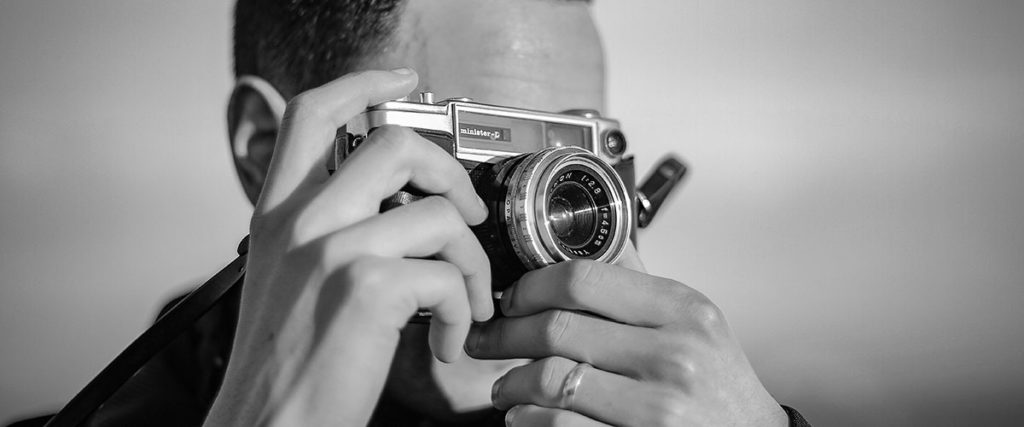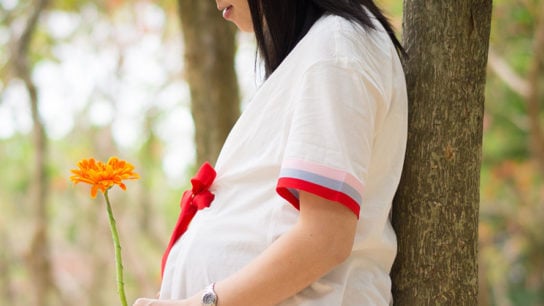Deciding on a camera can be a daunting task even for the most seasoned of photographers. Our guide to buying your first camera gives you the rundown on the best one to suit your needs from street photography and vlogging to capturing that perfect landscape.
Whether you’re an aspiring entrepreneur, a creative looking to photograph your work, or just looking for a creative outlet, a picture speaks a thousand words – so it’s important you get the right tool for the job. When it comes to photography, more money doesn’t always translate to more value. There are a lot of options out there – coupled with plenty of jargon – that can make the photography world a tricky one to wade through. Read on to discover a rundown on the best cameras to suit everything – from shooting Youtube videos to capturing perfect landscapes, rediscovering the beauty of analogue film to snapping real life on the go.
Point and Shoot Cameras
A user-friendly, lightweight camera that you can bring everywhere.
Typically seen as a simple, no-frills option, point and shoot cameras have evolved beyond compact pocket shooters to encompass a wide range of price ranges and features, although one thing has remained constant: they tout a non-interchangeable lens and are often relatively compact. The downside? They don’t capture as much detail as other types of camera. Although there has been a downtick in popularity when it comes to cheaper point and shoots due to the improvement of smartphone cameras, they’re still popular within the YouTuber and Vlogger community thanks to their size and portability.
To make your purchase worthwhile, look for features that your smartphone may not give you – waterproofed enclosures, RAW image support (an image format that allows for more flexibility in editing), zoom lenses or a camera with a significant difference in terms of image quality. For the casual photographer looking for a bump up in their photography game, Digital Trends recommends the PowerShot G9 X Mark II, which boasts enough megapixels for a high definition image and a lens with a variable zoom range of 28-84mm, allowing you to capture everything from wide sweeping landscapes to portraits and close-ups, plus Bluetooth support for easier connectivity to your phone. If you can afford to splash out a little more, the Sony RX100 VII has been hailed by prominent camera reviewer Kai W. as ‘a compact version of the Sony A9,’ Sony’s top mirrorless offering. It features an LCD flip-screen, fast autofocus and a wide range of capture with a 24-200mm zoom lens, so it’ll be able to capture a multitude of shots from scenic places to extreme close-ups.
Best For: Absolute beginners
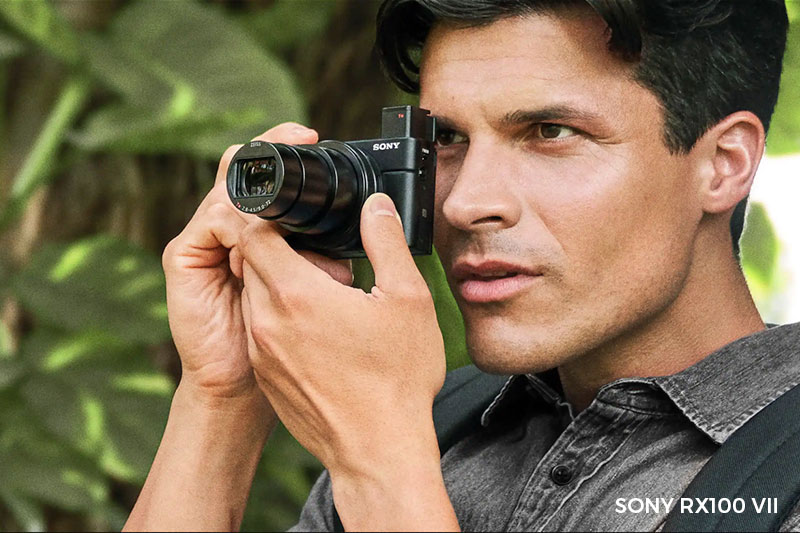
Digital Single Lens Reflex Cameras (DSLR)
A versatile, reliable camera that you can trust to perform well across most situations.
As the most popular option amongst professional photographers shooting digital, DSLRs are famed for their reliability. Based on the same design as old film cameras, DSLRs typically feature an optical viewfinder (which previews your shot manually via a system of prisms and a mirror), interchangeable lenses and auto and manual controls. There are two types of sensors (full-frame and crop sensors), both of which are typically larger than those seen in point and shoot cameras, allowing for more detail to be captured in every shot. Although DSLRs are typically a little heftier, both in terms of size and weight, they make for a great first camera that leaves plenty of room for progression – plus the flexibility to allow you to try a plethora of different types of photography from landscapes to portraiture.
If you’re looking for your first DSLR, Digital Camera World recommends the Canon EOS 250D (Canon EOS Rebel SL3 in some countries) and the Nikon D3500. The Canon is pleasantly compact, features a 24.1-megapixel sensor (for high-resolution images) and has a ‘Guided User Interface’ menu system to aid first-time photographers with helpful hints. The Nikon D3500 features a 24.2-megapixel sensor and an excellent ‘Guide Shooting Mode’ that takes new photographers through the whole process. With tried and true DSLR systems like Canon or Nikon, each brand offers up a plethora of excellent lenses to choose from when you are ready to step up and move away from the standard kit lenses, not to mention third-party options from reputable sources such as Sigma or Tamron (which are often more affordable). Factor in DSLRs’ generally superior performance in situations with limited light and quick autofocusing speeds, and it’s clear why they’re great for sporting events and night photography – popular online camera magazine Fstoppers has also noted their reliability and durability as key factors in making them the top choice for world-leading photojournalists.
Best For: Enthusiasts looking for a bit more punch
You might also like Japan Camera Hunter: Why Analog Photography is Making a Comeback
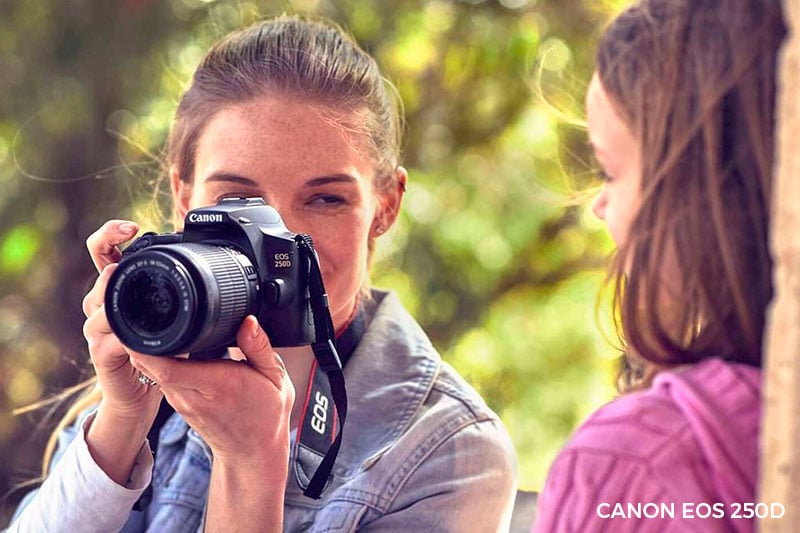
Mirrorless Cameras
A compact all-rounder with customisable settings, great for travel or street photography.
By definition, a mirrorless camera denotes any camera that doesn’t use mirrors to preview images in their viewfinder. More generally, however, it’s a term used to describe digital cameras, often with interchangeable lenses, that use electronic viewfinders (small LCD screens inside the camera that mimic the function of an optical viewfinder). Whilst similar to their DSLR counterparts, mirrorless systems are generally lighter and smaller in comparison thanks to the lack of an optical viewfinder. Historically, DSLRs have had the edge in terms of reliability, autofocusing speed and superior low light performance, but the gap between the two is rapidly shrinking with improving mirrorless systems, causing many photographers to switch allegiance. Popular among casual photographers, videographers and an increasing number of professionals for their lightweight build, superior performance, and superb video shooting capabilities, TechRadar recommends the Sony Alpha A6100 for beginners which offers a 24.2-megapixel sensor for plenty of detail and a range of different lenses to boot. As for longtime Canon fanatics, TechRadar recommends the Canon EOS RP, which sports a lightweight body and is Canon’s first full-frame mirrorless camera. It sports a 26.2-megapixel sensor – more than enough to capture pictures in high resolution.
Best For: Hobbyists looking for the best of both worlds
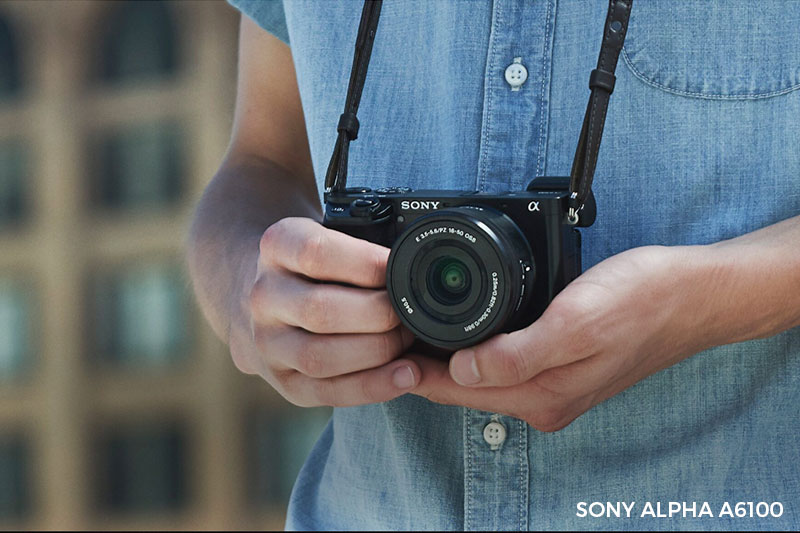
Analogue Film Cameras
A retro-styled camera that will help make your photography more deliberate.
In today’s digital age, analogue photography is often seen as an aged technology. With camera manufacturers discontinuing the production and sale of photographic films every year, it can seem counterintuitive for new photographers to get into film photography as the technology takes a backseat to newer offerings. However, according to The Darkroom, film still maintains several advantages over digital photography, not least a lower starting cost, and is more forgiving when it comes to minor issues in lighting. Film can also help capture images in higher resolution – no wonder some photographers out there still swear by their traditional, analogue cameras. If you’re hoping to bag an analogue film camera, you might have to go for the limited film cameras still in production such as the Nikon F6, which remains the only single-lens reflex camera in production today. Or, you might have to dip your toes into a bustling used camera market, in which case, you can’t go wrong with the Pentax K1000, a camera whose reputation precedes it as the most prolific and popular film cameras of all time. For a first-timer, starting off in the world of traditional film can be eye-opening as it helps you see all the mechanical parts of the camera that come together to capture an image. The disadvantage is a lack of immediate results – and the running cost of purchasing and developing film can quickly rack up. But, still, is it worth trying it? As design website Canva puts it, shooting film can force you to be very meticulous as you can only take a limited number of pictures per roll. This forces you to cherish those few photos you do take instead of snapping thousands without considering every shot before you tap the shutter, making you a better photographer in the long run.
Best For: Film enthusiasts on the hunt for a hint of nostalgia
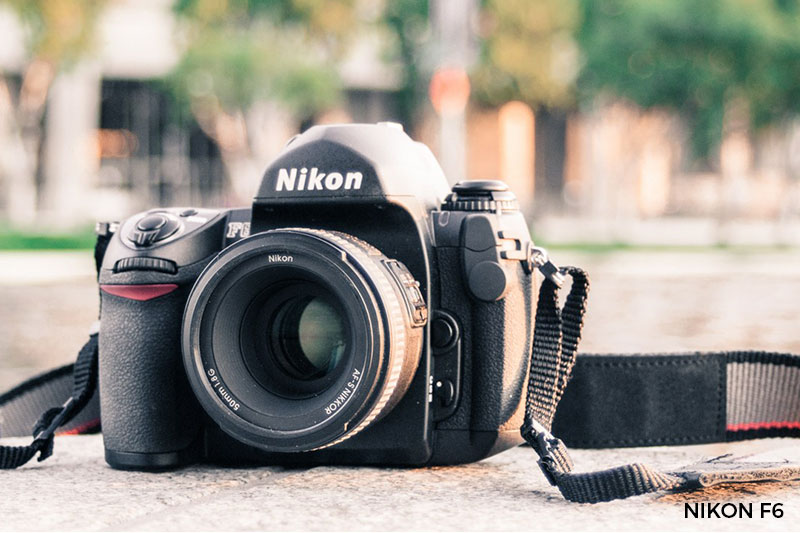
Related Articles
Chaos and Conflict: A Photographic Journey to the Darkest Side of Humanity
Through the Lens: Capturing Nostalgic Realism Through Polaroids
